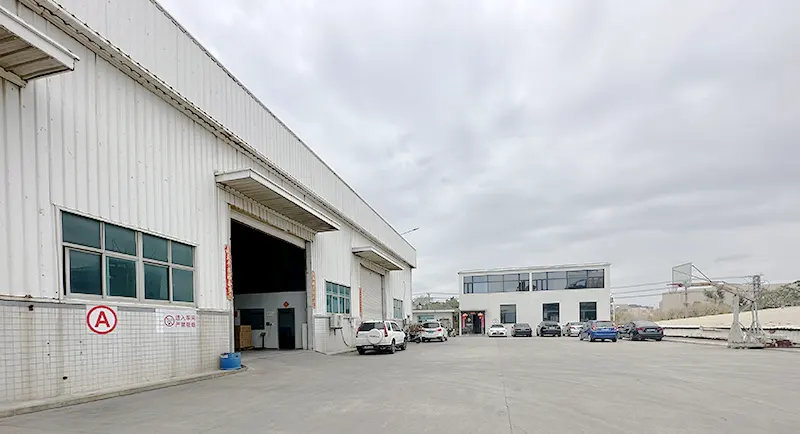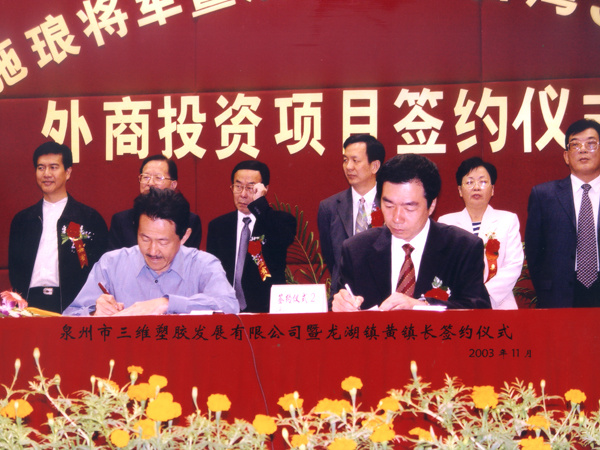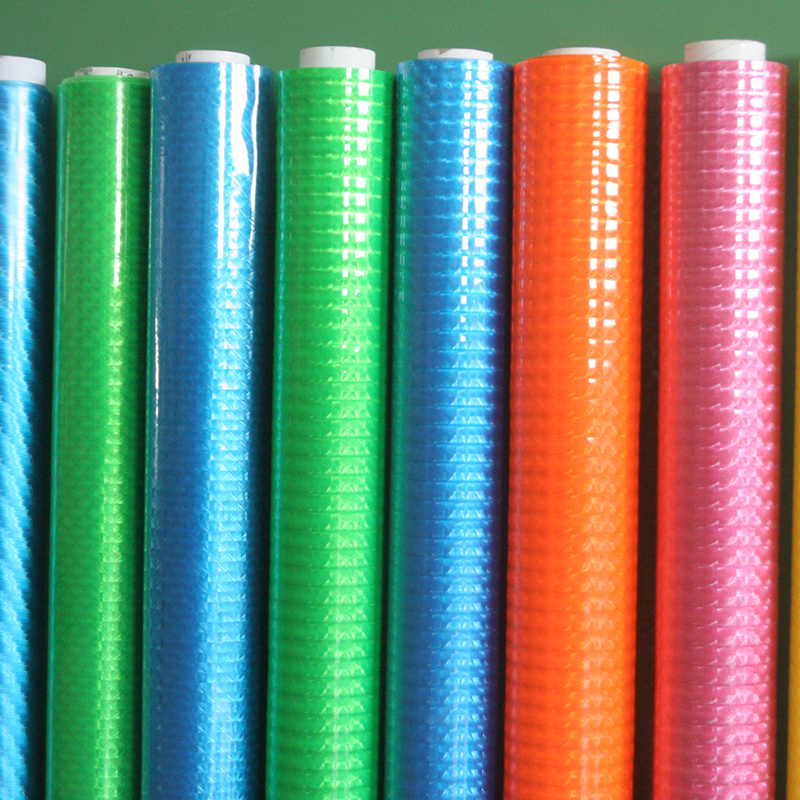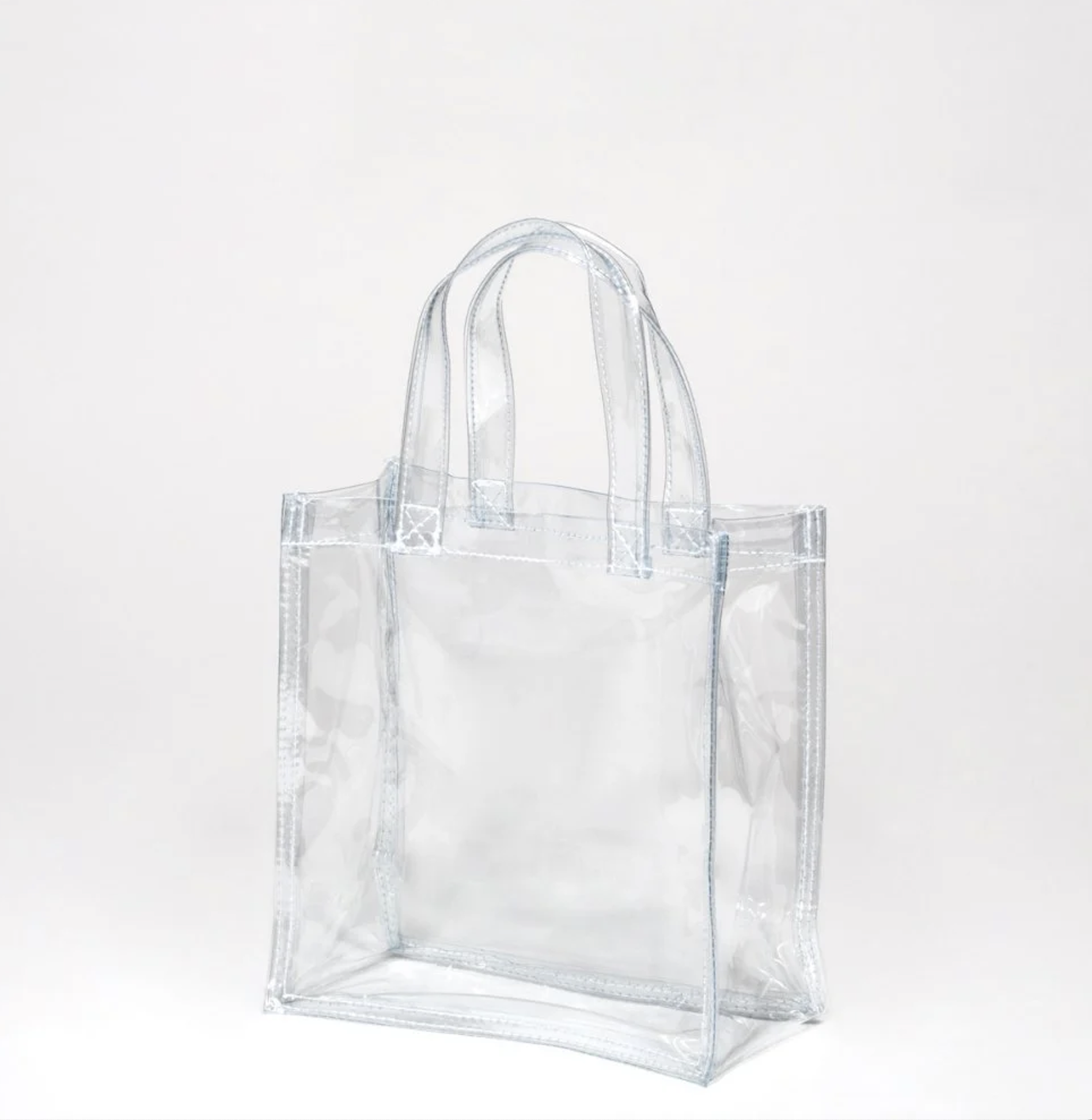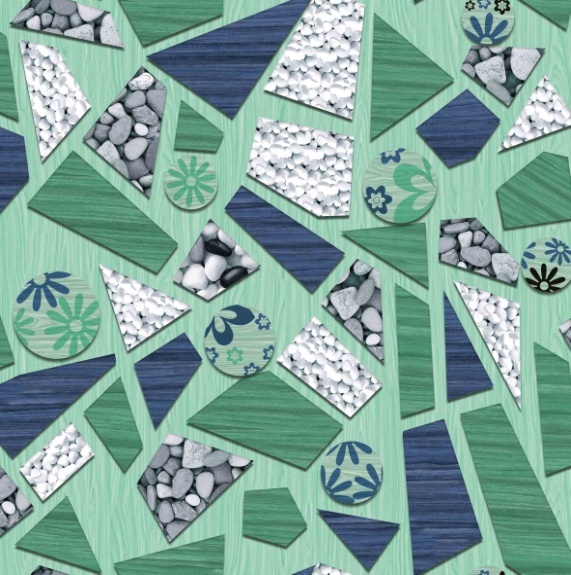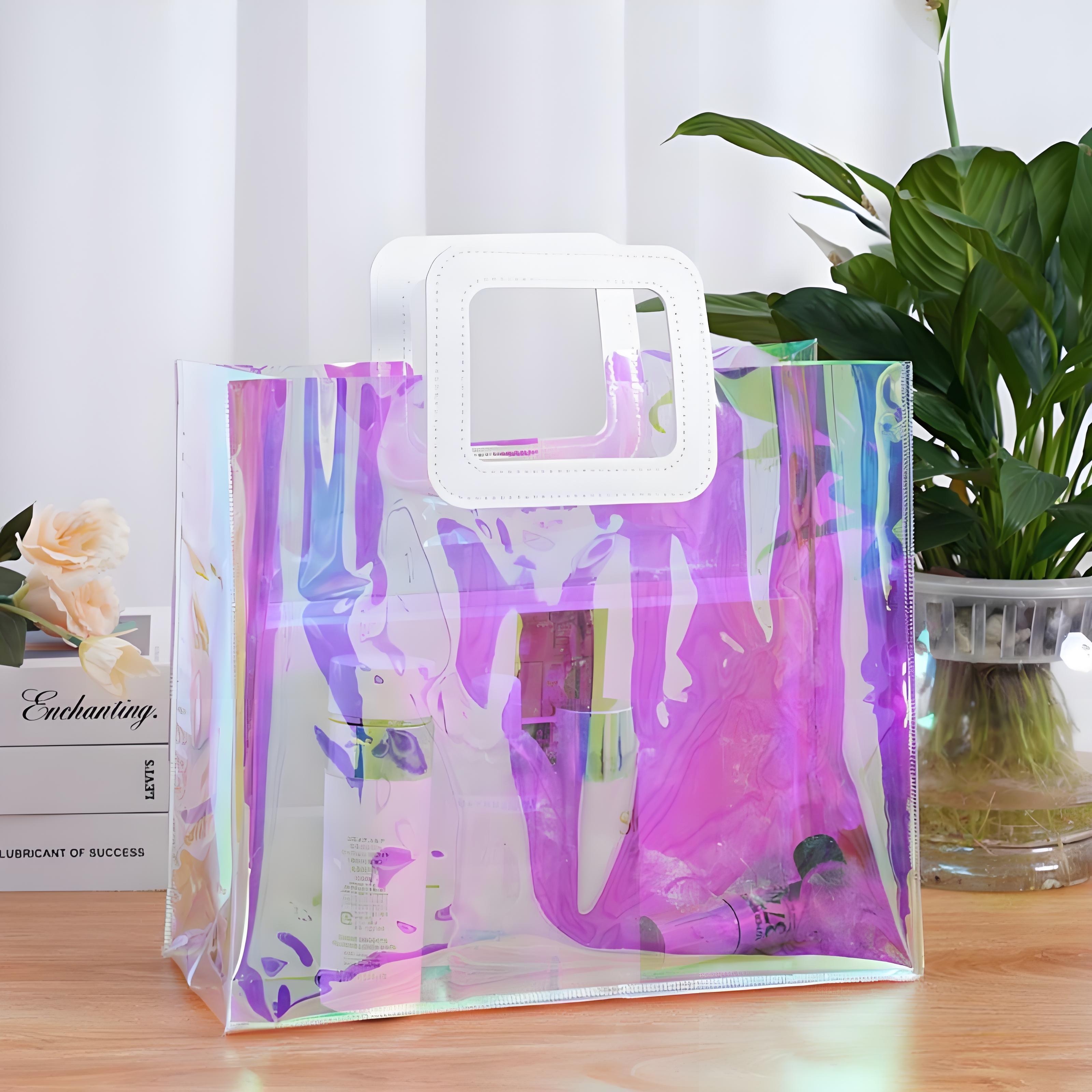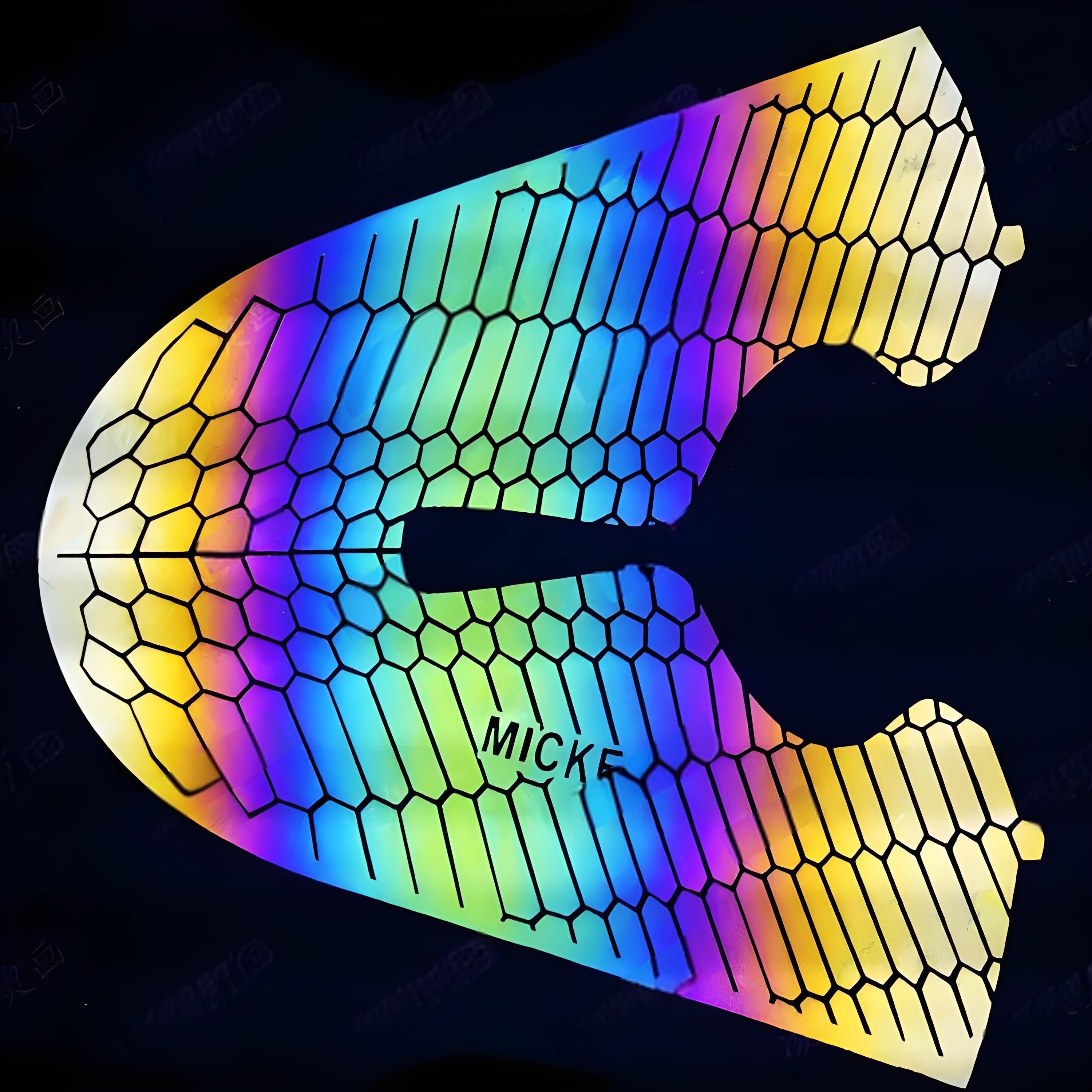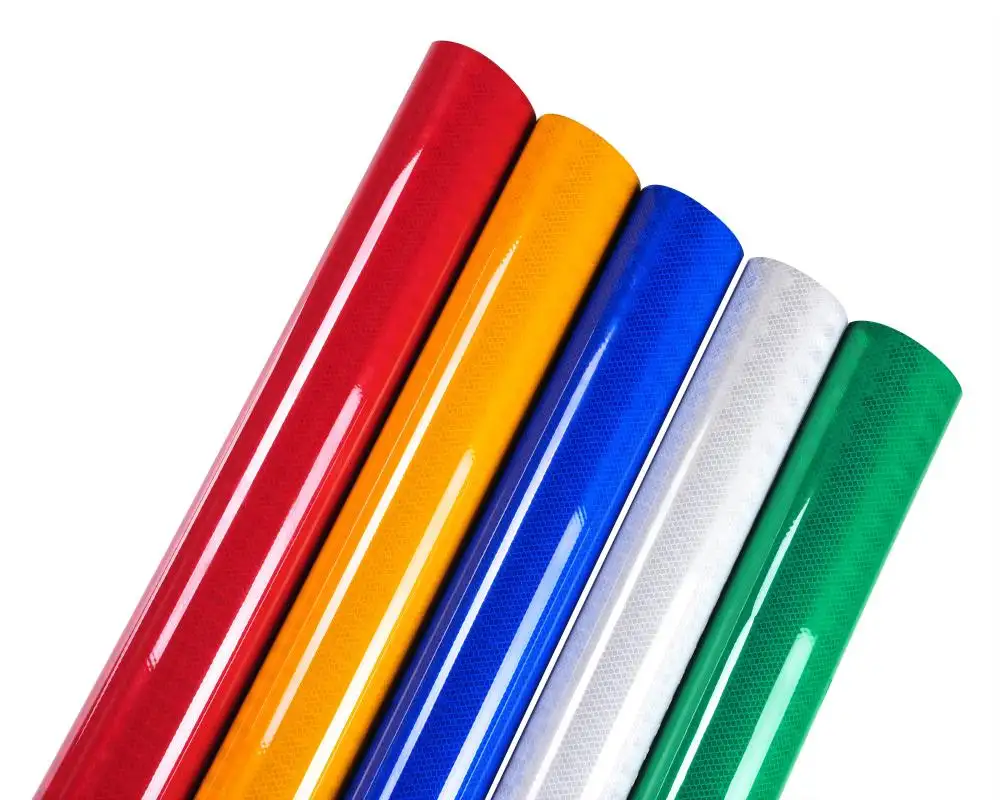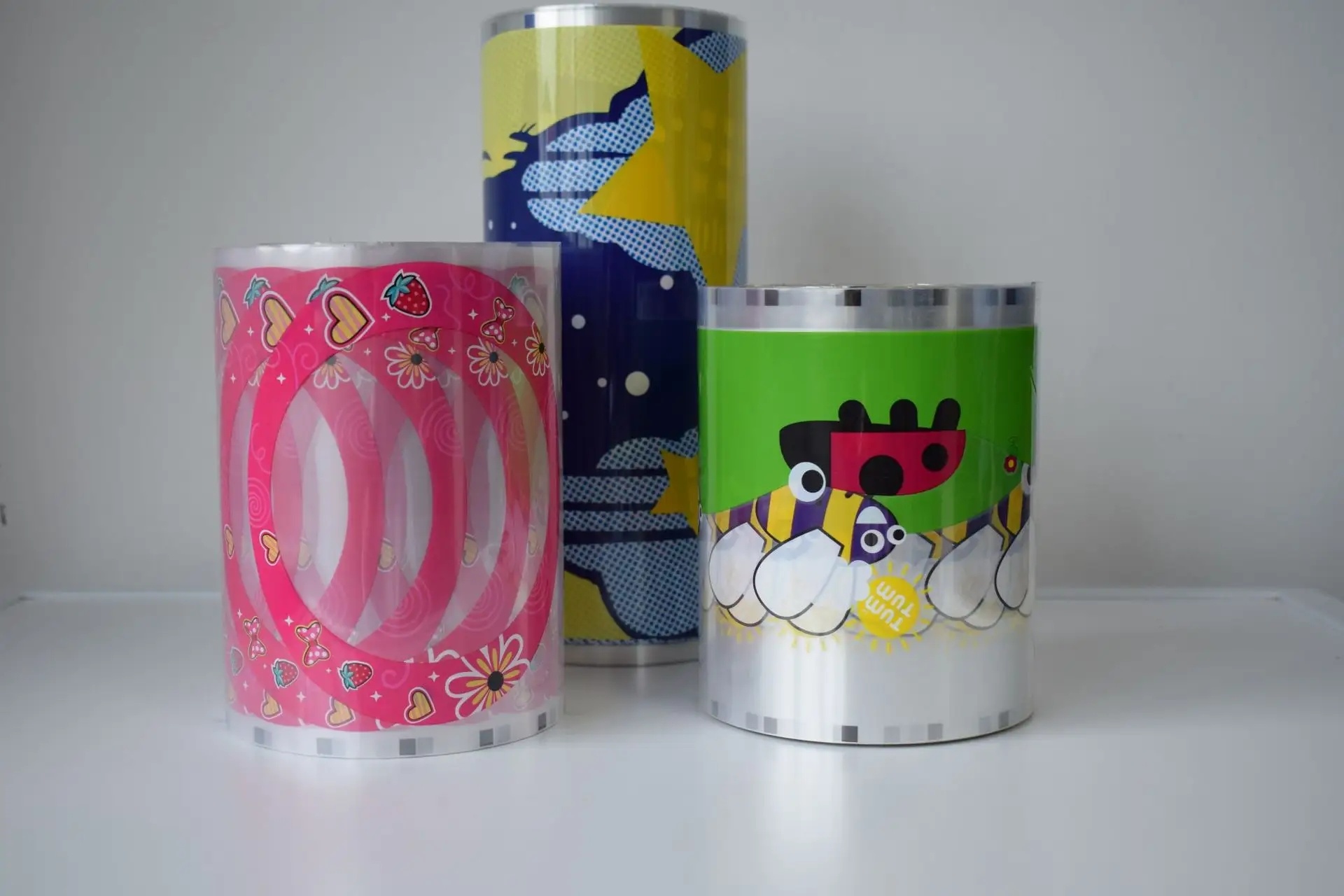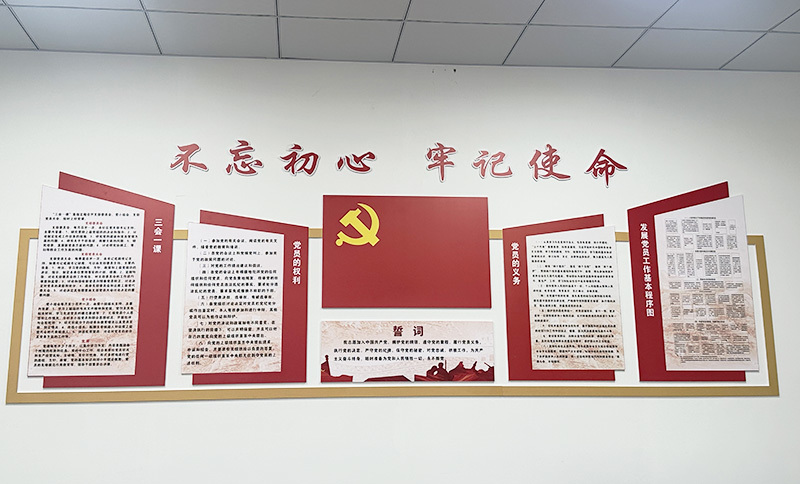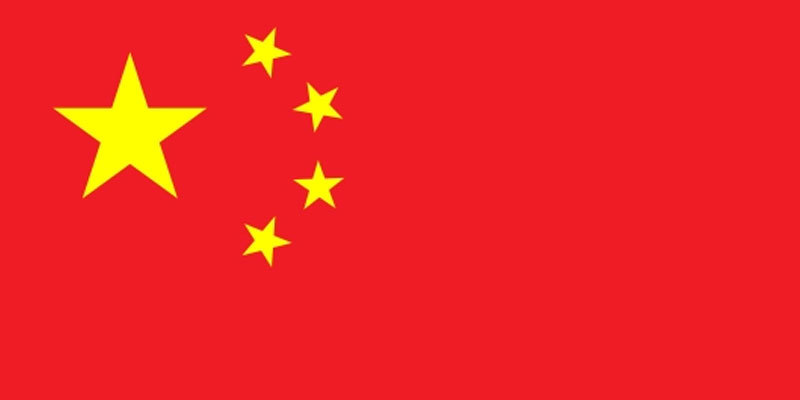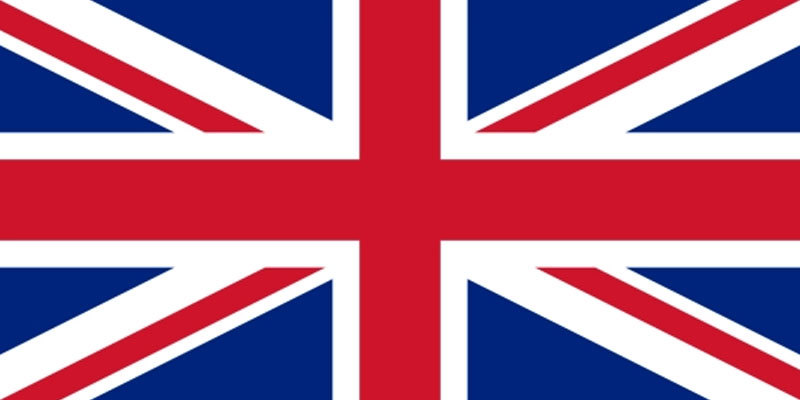The use of PVC soft products and foreign plasticizers.
Release time:
2024-04-11
Author:
Source:
PVC is the world's largest chemical polymer, China in recent years, almost every year growth of hundreds of thousands of tons. The first problems arose in the 1970 s.
PVC is the world's largest chemical polymer, China in recent years, almost every year growth of hundreds of thousands of tons. The first problems arose in the 1970 s. After the Vietnam War, the American soldiers involved in the war had many adverse reactions when they came into contact with PVC products in daily necessities, field tents, car decorations, especially medical supplies, which began to be suspected to be related to the vinyl chloride monomer content in PVC. With the improvement of PVC synthesis technology, the vinyl chloride monomer content decreased from 10 mg/Kg to 1 mg/Kg, but the related problems still existed, further research on the safety of PVC processing aids was initiated. Among the varieties of heat stabilizers, the use of salts containing heavy metal elements such as lead, cadmium, mercury, and barium is restricted, and zinc, calcium, magnesium, and aluminum salts with low toxicity are used instead.
The use of PVC must use plasticizers. The annual consumption of plasticizers in the world was 5.7 million tons in 2002 and was estimated to be around 7 million tons in 2005. According to the estimation of Mr. Sui Zhaode, editor-in-chief of China's Plasticizer magazine, the consumption of plasticizers in China was close to 1.5 million tons in 2005.
Among the plasticizer varieties, phthalate esters (English name: Phthalates, also known as phthalate, phthalate or phthalate) are the most used varieties, accounting for 87% in 2002, and the situation in China is similar, accounting for more than 85% of the total consumption of plasticizers. Among them, di (2-ethylhexyl) phthalate (DEHP, DOP) has the best cost performance and the largest proportion.
PVC products are divided into soft and hard products. When the amount of plasticizer is less than 10%, it is called hard PVC products. For example, the color printing film on beverage bottles we see in the market is called PVC heat shrinkable film. During its processing, 5 parts of plasticizer (generally DOP) are added to 100 parts by weight of PVC resin powder. Due to the small proportion of plasticizer, the amount of plasticizer running to the surface of the film is very small, and do not directly contact with food, so it can be said to be relatively safe. At present, Taiwan and the United States are still using this shrink film (Taiwan may be banned in the next year). The European Union, Japan, South Korea, has not allowed to use this film, the main reason is that it is difficult to recycle waste plastics after use, so they use the same material as the bottle material to make packaging film, in order to facilitate recycling and reuse, of course, the cost will certainly increase a lot.
When the amount of plasticizer in 100 parts of PVC resin powder is increased to more than 20 parts, the product can be called PVC soft product. PVC plastic wrap for food contains about 35% plasticizer (depending on the processing technology and the variety and performance of the plasticizer used, the proportion may not be the same). Many PVC products such as PVC children's toys and PVC gloves belong to soft products. During the processing of PVC products, plasticizers are dispersed among PVC polymers to make the products soft, but they do not participate in chemical reactions. Generally, there are two kinds of phenomena, one is the precipitation (also known as oil), the plasticizer will slowly run to the surface of the product, the hand feels a greasy feeling; the other is called migration, that is, when in contact with other substances, it will run to other substances. The former case mainly depends on the nature and dosage of the plasticizer itself, and the latter case depends not only on the nature and dosage of the plasticizer itself, but also on the contact material (such as meat, grease, alcohol is easy to migrate) and the conditions of use (such as temperature).
In the mid-1990s, foreign countries began to restrict the use of phthalate esters such as DOP in medical materials and food packaging. The main reason is that they are harmful to the human body, such as carcinogenicity, easy to cause endocrine disorders, and greater reproductive toxicity. In 2005, the EU Council of Ministers passed a bill prohibiting the use of six plasticizers in children's toys and children's products: dibutyl phthalate (DBP), butyl benzyl phthalate (BBP), diisooctyl phthalate (DEHP, domestic abbreviation DOP), diisononyl phthalate (DINP), diisodecyl phthalate (DIDP), dioctyl phthalate (DNOP). The first three of these are banned from all children's toys and supplies, and the last three are banned from children's toys and supplies where children under the age of 3 are likely to be sucked by the mouth.
In fact, in order to avoid suspicion, PVC children's toy dealers in Europe and Japan will require manufacturers to provide PVC products that do not contain any phthalates when purchasing children's toys and household appliances (such as telephone lines, computer lines, etc.). In this way, the sales volume of non-phthalate plasticizers produced by Germany's BASF company and South Korea's LG company in China (including Hong Kong) jumped from less than 2000 tons in 2004 to more than 12000 tons in 2005, mainly used to make PVC toys exported to Europe and Japan.
In addition, since October 2005, some distributors in Europe, including Taiwan, have requested that PVC artificial leather (used for sofas, handbags, footwear, etc.), PVC coated cloth (used for luggage, poncho, accounts, sun umbrellas, beach seats, etc.) and even hardware tools (such as vise and plastic cover outside chain locks) not contain six kinds of phthalates (less than 0.1).
It is worth noting that at the 2006 Plasticizer Conference held in Brussels, Belgium not long ago, the delegates reiterated the REACH Act (the European Commission's new chemical policies and regulations and related documents) to authorize those chemicals that have caused high concern. DEHP(DOP) and DBP were blacklisted first, and it is entirely possible for the EU to ban phthalate plasticizers in advance in more areas.
It is precisely because of the above situation and process that the EU's phthalate plasticizers have dropped from 57% in 1999 to 35% in 2004, and then to less than 30% in 2005. Japan and the EU are roughly equivalent. The United States is slightly higher. And China's domestic PVC products used in plasticizers, phthalic plasticizers still accounted for more than 80%!
Key words:
Latest developments



